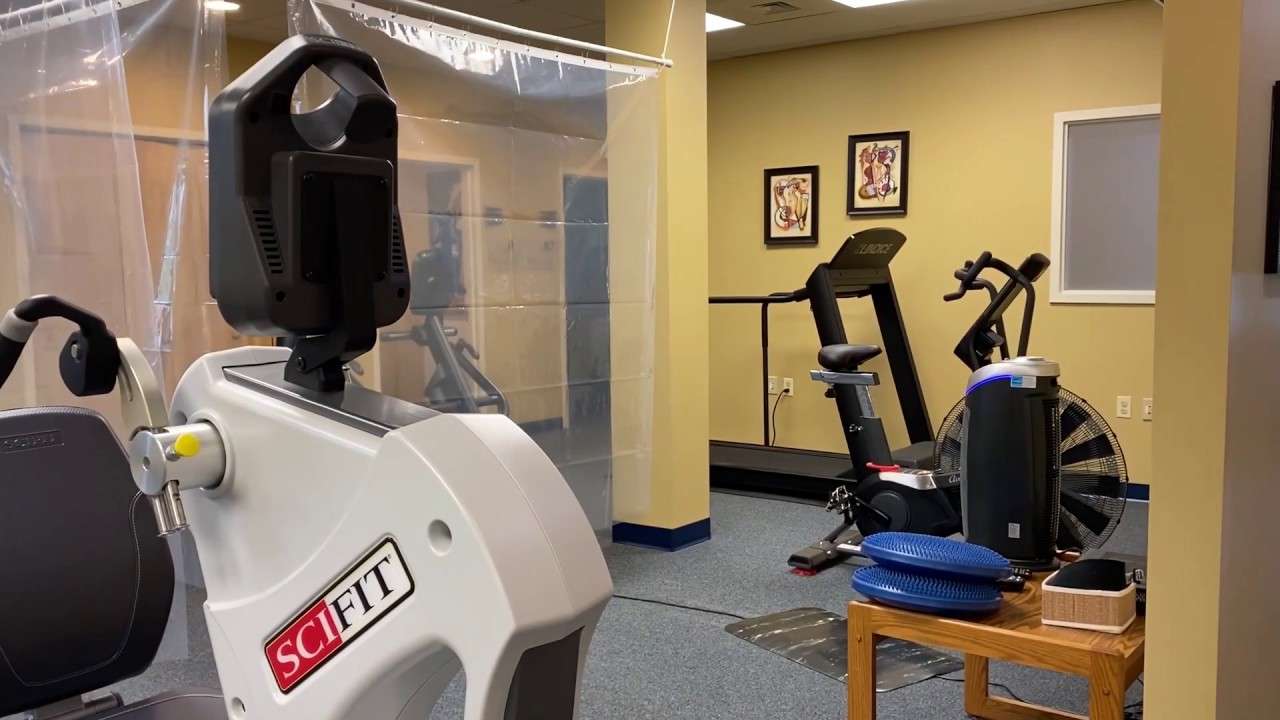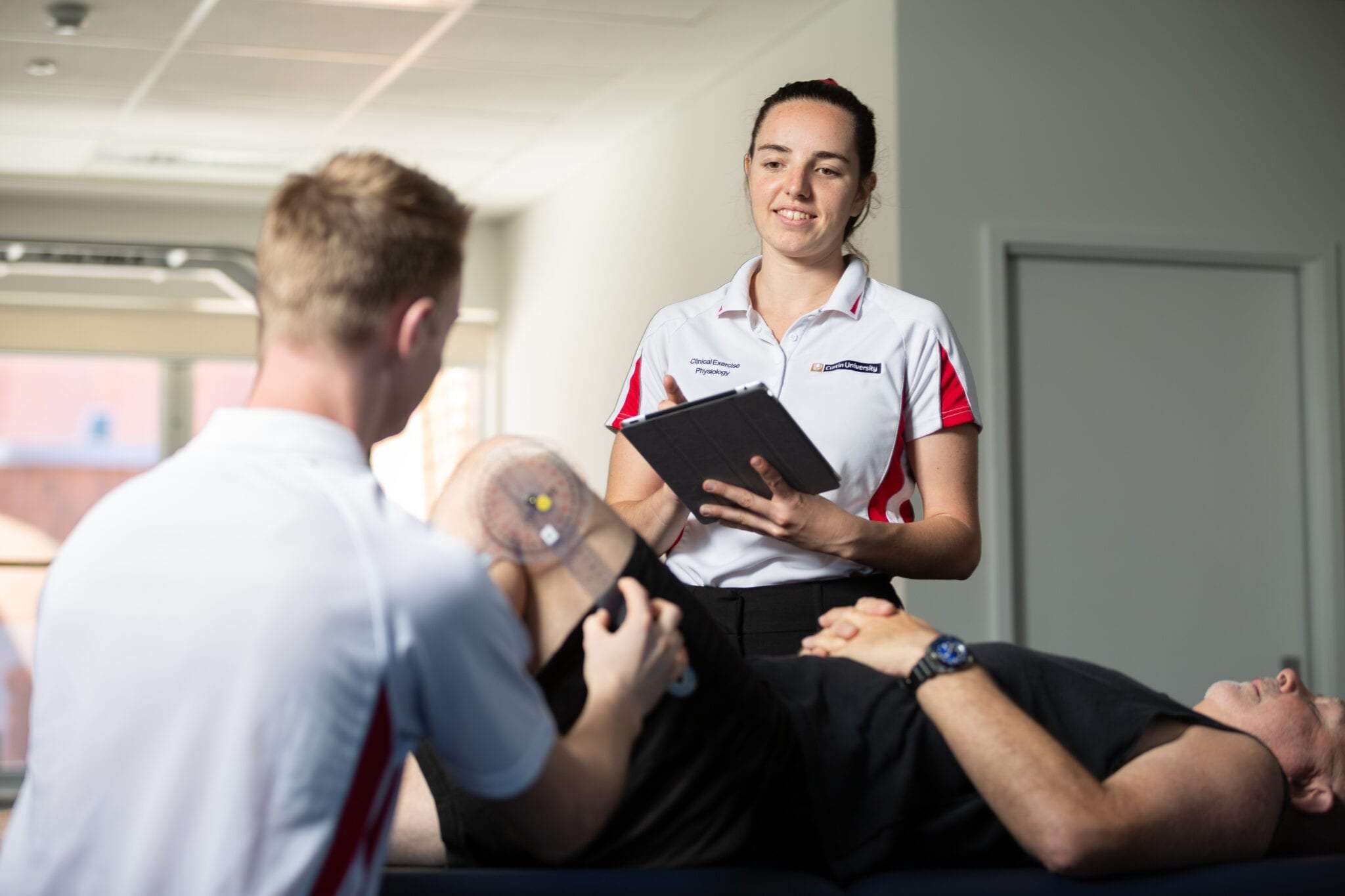Autism is a cognitive profile that can bring challenges with its strengths. If you’re autistic, there may be times when you want help and support.

Share on Pinterest
Jovana Stojanovic/Getty Images
Autism isn’t a condition that doctors cure or treat. Instead, it’s a developmental difference that has some characteristics of high value and others that you might want to change.
You may have been diagnosed young and have a lot of experience with autism interventions. Or you may be a newly diagnosed adult who finally has an explanation for why you’ve often felt different from other people.
Knowing about useful strategies not only helps you, but it also benefits the people in your life who want to offer you their support, too.
Different levels of support are available
There are many autistic traits a person might have, and everyone with autism is unique. This means that the supports you want might not be the same as another autistic person might want or need.
Not only are needs different, but so is the level of intervention. Some autistic people are fully independent and lead fairly typical lives, with only a few instances of challenge. Others require 24-hour support. Still others fall anywhere in between those two extremes.
When assessing the types of changes to make, it helps to consider the core differences with autism:
- altered communication
- reduced reciprocal social interaction
- restricted and repetitive behaviors
Sound sensitivity is another potential trait. And if you need noise-canceling headphones to get through each day, this can interfere with your communication with others.
Every autistic person is different, and there is no single approach that works for everyone. It’s up to you to decide what you want to try. It’s wise to continue trying if you don’t get the results you want right away.
Types of therapies
Therapy is a powerful tool for the support of many issues. Most people have had a time in their life when therapy might have helped them.
The type of therapy you try depends on the area of your life you’re trying to manage. Therapy for adults with autism can help with autistic traits as well as other diagnoses you may have.
Options to consider include:
- Speech-language therapy: to help with both verbal (speech) and non-verbal (hand signals, sign language, or picture symbols) communication
- Occupational therapy: to help with daily tasks of living
- Social skills training: to teach conversation skills and social emotional learning
- Sensory integration therapy: to help with regulation of sensory input
- Cognitive behavioral therapy (CBT): to help with social situations and recognizing emotions
Can medication help autistic adults?
You likely already know that autism isn’t something that doctors treat with medication.
However, if you experience behaviors that interfere with your ability to thrive, they might not be caused by autism.
For example, difficulties with sustained attention and weak working memory could be from attention deficit hyperactivity disorder (ADHD). Mood instability might be depression, and a drive to perform rituals could be obsessive-compulsive disorder (OCD).
If you live with behaviors and tendencies that get in your way, your doctor may be able to determine whether they’re caused by a condition that you can treat with medication.
Eating a nutritious diet
Some autistic people have restricted diets. In fact, autistic adults are less likely than non-autistic adults to follow dietary recommendations for healthy eating.
Maybe there are foods with textures or aromas that you don’t like, or perhaps you experience digestive issues from some of the things you’ve eaten.
It’s estimated that 70% of autistic children have atypical diets, so you may have a history of restrictive eating dating back to when you were young.
If you’ve never taken the time to think about what you eat, now’s an excellent opportunity.
A nutritious diet can help to protect you from illnesses like type 2 diabetes, heart disease, and some types of cancer. Eating well can improve your immune system, and getting the recommended nutrients each day can help your brain function better and make life easier.
It’s unclear whether dietary strategies target autism traits specifically. However, proper nutrition is an evidence-based approach to improving overall health, which benefits autistic and allistic (non-autistic) people alike.
Exercising regularly
You may not feel motivated to get up and move, particularly if you’re focused on an activity you enjoy, like art or reading.
It’s important, though, to be active at least once every day. Spending some time moving can improve both overall health and sleep.
Focus on getting good sleep
A proper night’s sleep with enough time in the rapid eye movement (REM) stage can be the difference between a good day and one you’d rather forget.
This isn’t as simple as it sounds, if you’re among the 79% of autistic people who experience disrupted sleep.
Sleep is important enough to be a priority. Sleep improvement strategies to try include:
- keeping a consistent sleep routine
- having an earlier cut off time for screens
- exercising during the day
- avoiding caffeine past noon
- having calming sensory input, like a weighted blanket
If none of these strategies work, your doctor might be able to recommend an appropriate dose for a sleep aid, like melatonin.
Tips for daily life
Living in a world designed for allistic people has its challenges. The pace, chaos, and sensory overload can sometimes make you want to withdraw and hide.
However, you might experience enough benefit from participating in the world around you to make the effort worthwhile. The key is to manage your stress levels so that you don’t become overwhelmed.
Structure is important, but so is your ability to deviate from it. Life can sometimes force a change of plans, so it’s important to have the skills to handle this when it happens.
In addition to structure, there are a few simple things to try that have helped others:
Weighted blankets
Weighted blankets provide gentle and calming pressure throughout the night to ease anxiety and improve sleep.
Weighted blankets are filled with materials like pellets, beads, or bearings that are evenly distributed across the fabric. The theory is that for some people, deep pressure on the body calms the nervous system.
Fidget toys
Fidget toys can provide a soothing distraction from anxiety. They provide visual and tactile sensory input and can keep your mind from wandering.
They can also act as a small outlet for nervous energy. If you find stimming to be a source of comfort, a fidget toy can be an alternative to try.
Relaxation exercises
The ability to relax can be a useful tool when you’ve had a stressful day.
The first step is to be aware that you need to relax. While this sounds simple, it’s easy to get caught up in big feelings and forget that you have the power to calm them.
Once you’re paying attention to your emotions, there are several things you can try to settle yourself:
- Breathing exercises. Breathe deeply and slowly.
- Mindfulness training. Try out meditation.
- Progressive muscle relaxation. Tense and then relax different muscle groups.
- Imagery. Imagine a peaceful scene.
Self-advocacy
You might have triggers that make you anxious, such as shrill sounds or flying insects. When you’re calm and not triggered, it helps to make the people in your life aware of the things that might upset you. This is so that they can support you when needed.
This can be as simple as removing the trigger for you or giving you some time to leave the environment to calm yourself.
What is autism?
Autism spectrum disorder is a condition that impacts the way a person behaves, socializes, or interacts with others. It used to be broken down into different disorders such as Asperger’s syndrome. It’s now treated as a condition with a wide-ranging spectrum of symptoms and severity.
While it’s now called autism spectrum disorder, many people still use the term “autism.”
There’s no cure for autism, but several approaches can help to improve social functioning, learning, and quality of life for both children and adults with autism. Remember that autism is a spectrum-based condition. Some people may need little to no support, while others may require intensive therapy.
It’s also important to keep in mind that a lot of the research related to support for autism focuses on children. This is largely because existing research suggests that support is most effective when started before age 3. Still, many of the options designed for children can help adults as well.
Read on to learn more about the different approaches to treating autism.
Applied behavior analysis
Applied behavior analysis (ABA) is one of the most widely used options for both adults and children. It refers to a series of techniques designed to encourage positive behaviors using a reward system.
There are several types of ABA, including:
- Discrete trial training. This technique uses a series of trials to encourage step-by-step learning. Correct behaviors and answers are rewarded, and mistakes are ignored.
- Early intensive behavioral intervention. Children, generally under the age of five, work one-on-one with a therapist or in a small group. It’s usually done over the course of several years to help a child develop communication skills and reduce problematic behaviors, including aggression or self-harm.
- Pivotal response training. This is a strategy used in someone’s everyday environment that teaches pivotal skills, such as the motivation to learn or initiate communication.
- Verbal behavior intervention. A therapist works with someone to help them understand why and how humans use language to communicate and get things they need.
- Positive behavior support. This involves making environmental changes to the home or classroom in order make good behavior feel more rewarding.
Cognitive behavioral therapy
Cognitive behavioral therapy (CBT) is a type of talk therapy that can be effective in helping children and adults. During CBT sessions, people learn about the connections between feelings, thoughts, and behaviors. This may help to identify the thoughts and feelings that trigger negative behaviors.
A 2010 review suggests that CBT is particularly beneficial in helping people with autism manage anxiety. It can also help them to better recognize emotions in others and cope better in social situations.
Social skills training
Social skills training (SST) is a way for people, especially children, to develop social skills. For some people with autism, interacting with others is very difficult. This can lead to many challenges over time.
Someone undergoing SST learns basic social skills, including how to carry on a conversation, understand humor, and read emotional cues. While it’s generally used in children, SST may also be effective for teenagers and young adults in their early 20s.
Sensory integration therapy
People with autism are sometimes unusually affected by sensory input, such as sight, sound, or smell. Social integration therapy is based on the theory that having some of your senses amplified makes it hard to learn and display positive behaviors.
SIT tries to even out a person’s response to sensory stimulation. It’s usually done by an occupational therapist and relies on play, such as drawing in sand or jumping rope.
Occupational therapy
Occupational therapy (OT) is a field of healthcare that focuses on teaching children and adults the fundamental skills they need in everyday life. For children, this often includes teaching fine motor skills, handwriting skills, and self-care skills.
For adults, OT focuses on developing independent living skills, such as cooking, cleaning, and handling money.
Speech therapy
Speech therapy teaches verbal skills that can help people with autism communicate better. It’s usually done with either a speech-language pathologist or occupational therapist.
It can help children improve the rate and rhythm of their speech, in addition to using words correctly. It can also help adults improve how they communicate about thoughts and feelings.
Medication
There aren’t any medications specifically designed to treat autism. However, several medications used for other conditions that may occur with autism might help with certain symptoms.
Medications used to help manage autism fall into a few main categories:
- Antipsychotics. Some newer antipsychotic medications may help with aggression, self-harm, and behavioral problems in both children and adults with autism. The FDA recently approved the use of risperidone (Risperdal) and apripiprazole (Abilify) to treat symptoms of autism.
- Antidepressants. While many people with autism take antidepressants, researchers aren’t yet sure whether they actually help with autism symptoms. Still, they may be useful for treating obsessive-compulsive disorder, depression, and anxiety in people with autism.
- Stimulants. Stimulants, such as methylphenidate (Ritalin), are generally used to treat ADHD, but they may also help with overlapping autism symptoms, including inattention and hyperactivity. A 2015 review looking at the use of medication for autism suggests that about half of children with autism benefit from stimulants, though some experience negative side effects.
- Anticonvulsants. Some people with autism also have epilepsy, so antiseizure medications are sometimes prescribed.
What about alternative remedies?
There are countless alternative options that people try. However, there isn’t much conclusive research backing up these methods, and it’s unclear whether they’re effective. Some of them, such as chelation therapy, may also do more harm than good.
Still, autism is a wide-ranging condition that causes a variety of symptoms. Just because something doesn’t work for one person doesn’t mean it won’t help another. Work closely with a doctor when looking into alternative options. A good doctor can help you navigate the research surrounding these options and avoid potentially risky methods that aren’t backed by science.
Potential alternative options requiring more conclusive research include:
- gluten-free, casein-free diet
- weighted blankets
- melatonin
- vitamin C
- omega-3 fatty acids
- dimethylglycine
- vitamin B-6 and magnesium combined
- oxytocin
- CBD oil
If you don’t feel comfortable talking about alternative remedies with your doctor, consider looking for another medical professional to help you find the right support.
The bottom line
Autism is a complex condition without a cure. However, there are a variety of therapeutic approaches and medications that can help to manage its symptoms. Work with your doctor to figure out the most effective support plan for you or your child.




